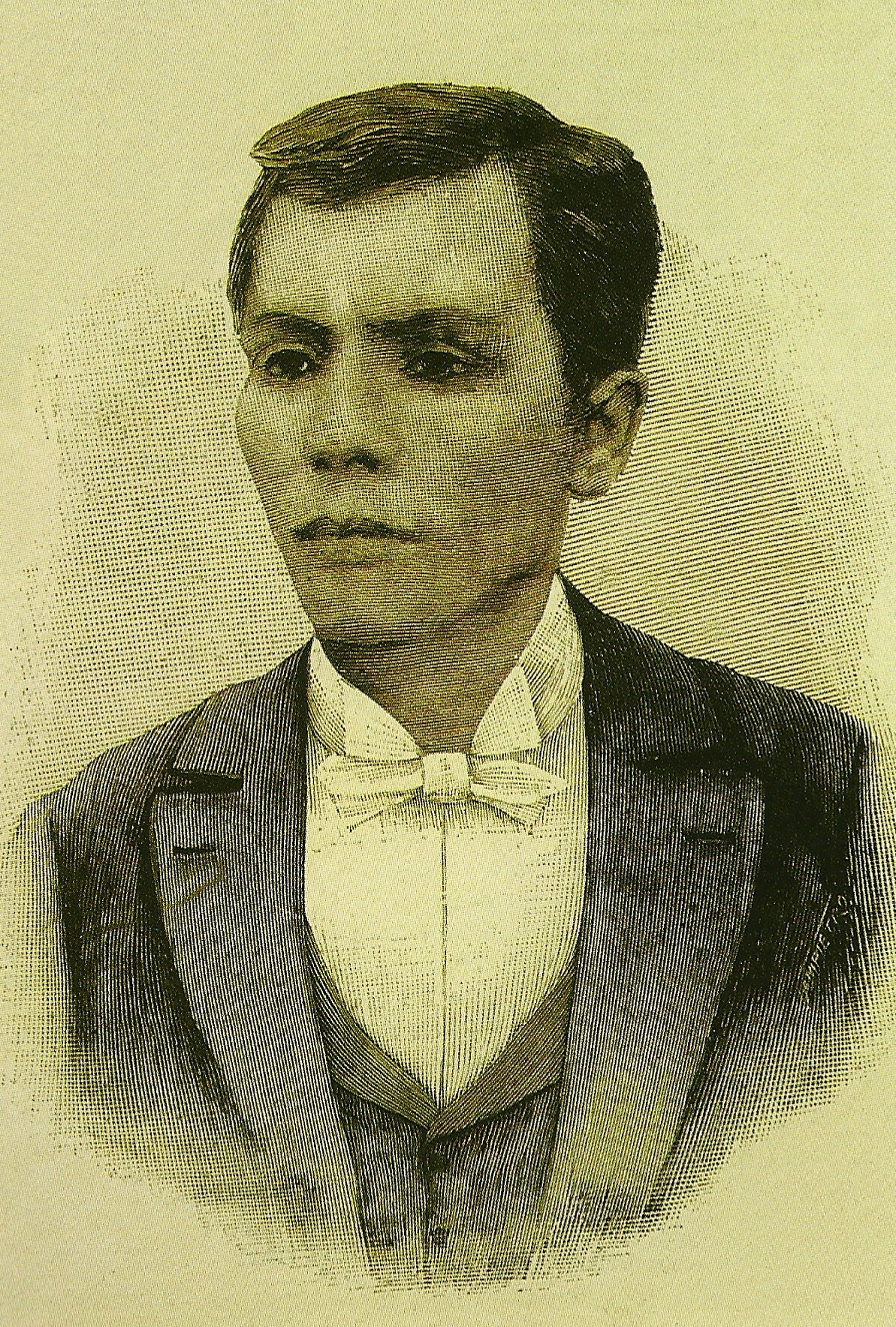Corpuz, O. D. Excerpts from The Roots of the Filipino Nation, Vol. II. Quezon City: AKLAHI Foundation, Inc., 1989. 211-19, 243-55.
[211]
The Original Katipunan
The 7 July decree deporting Rizal to "one of the Southern islands" also provided for stricter rules throughout the archipe-
[212]
lago against the entry and circulation or possession of Rizal's writings, as well as of every manifesto or handbill "directly or indirectly attacking the Catholic religion or the national unity." A decree the next September dismissed a number of persons from government employment in Batangas, Binondo, and Pampanga and ordered the "enforced change of domicile" (euphemism for exile) of Doroteo Cortes and Ambrosio Salvador of Manila; Antonio Roxas of Bulacan; Mariano Alejandrino of Pampanga; Leon Apacible of Batangas; Jose Basa of Cavite; and Vicente Reyes of Laguna.
But the Katipunan was in no position to take action. Isabelo de los Reyes, who claims intimate knowledge of the origin and development of the Katipunan, wrote of its handful of founders that Jose Dizon was an employee in the Mint; Deodato Arellano was a clerk in the arsenal; Bonifacio was a warehouseman in a brick factory; and the others "clerks, assistants of the Secretaries, or clerks of courts. Among them there was not a single rich man, nor one of a learned profession...."
Read more »[211]
The Original Katipunan
The 7 July decree deporting Rizal to "one of the Southern islands" also provided for stricter rules throughout the archipe-
[212]
lago against the entry and circulation or possession of Rizal's writings, as well as of every manifesto or handbill "directly or indirectly attacking the Catholic religion or the national unity." A decree the next September dismissed a number of persons from government employment in Batangas, Binondo, and Pampanga and ordered the "enforced change of domicile" (euphemism for exile) of Doroteo Cortes and Ambrosio Salvador of Manila; Antonio Roxas of Bulacan; Mariano Alejandrino of Pampanga; Leon Apacible of Batangas; Jose Basa of Cavite; and Vicente Reyes of Laguna.
But the Katipunan was in no position to take action. Isabelo de los Reyes, who claims intimate knowledge of the origin and development of the Katipunan, wrote of its handful of founders that Jose Dizon was an employee in the Mint; Deodato Arellano was a clerk in the arsenal; Bonifacio was a warehouseman in a brick factory; and the others "clerks, assistants of the Secretaries, or clerks of courts. Among them there was not a single rich man, nor one of a learned profession...."

